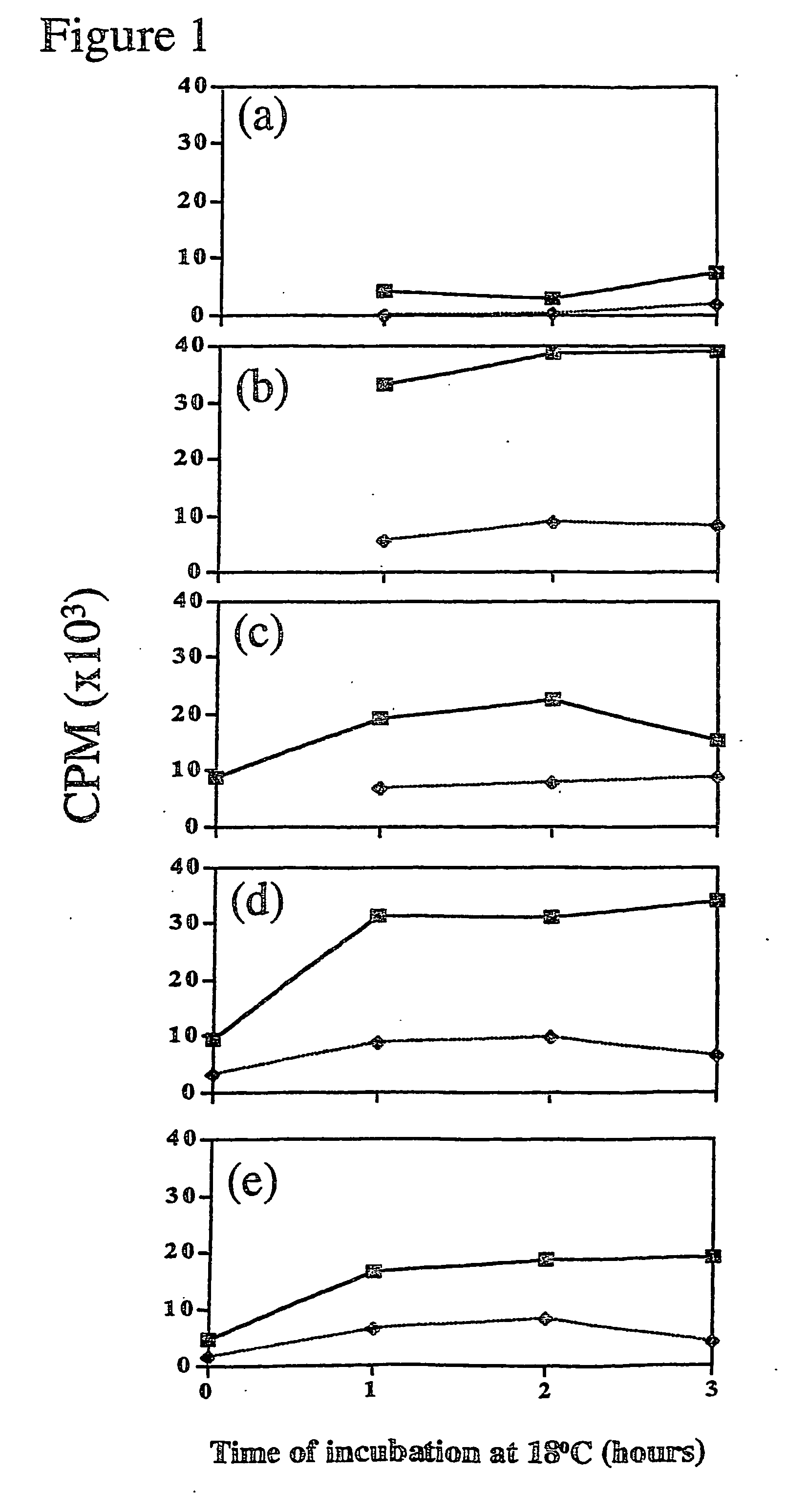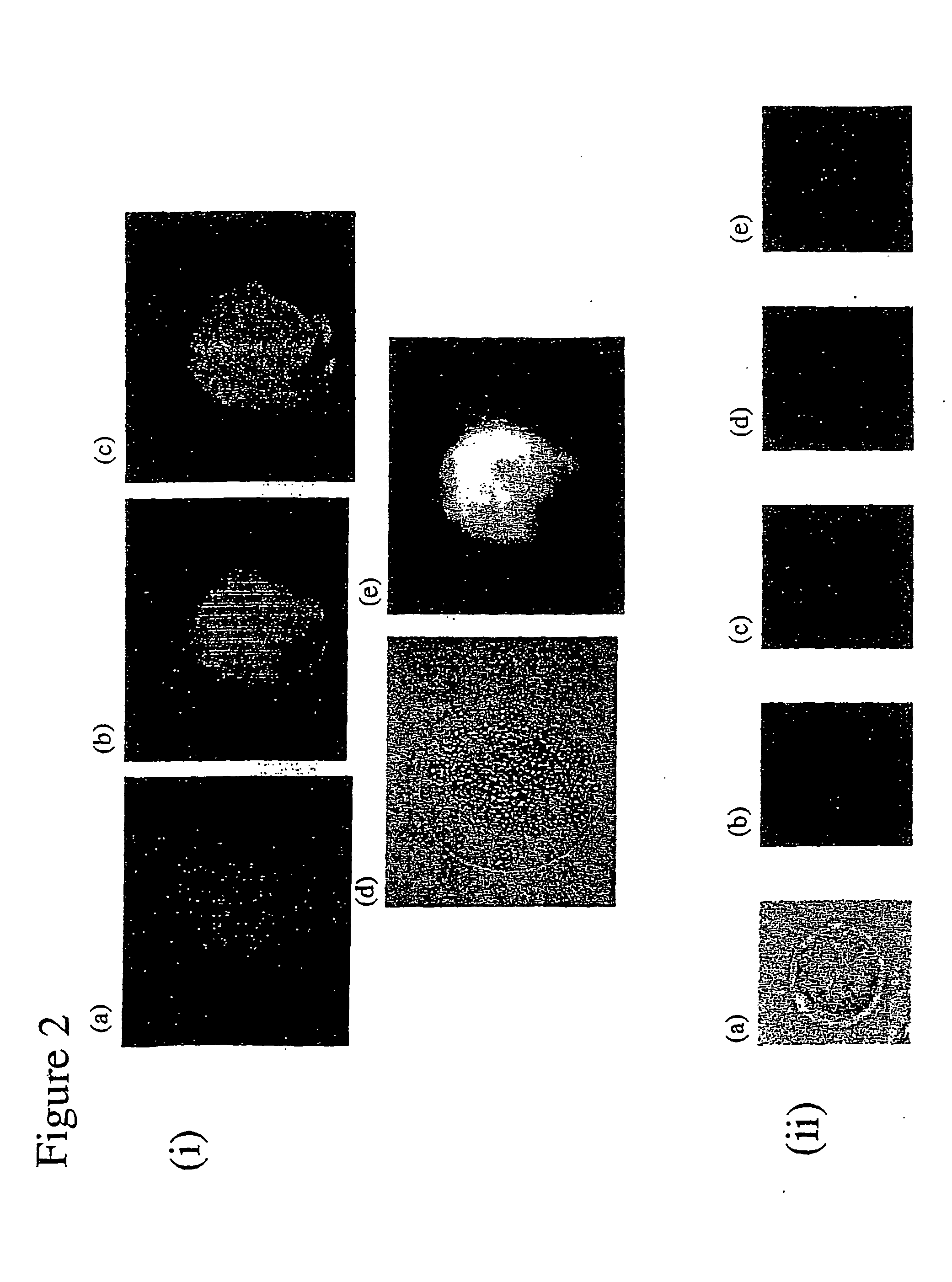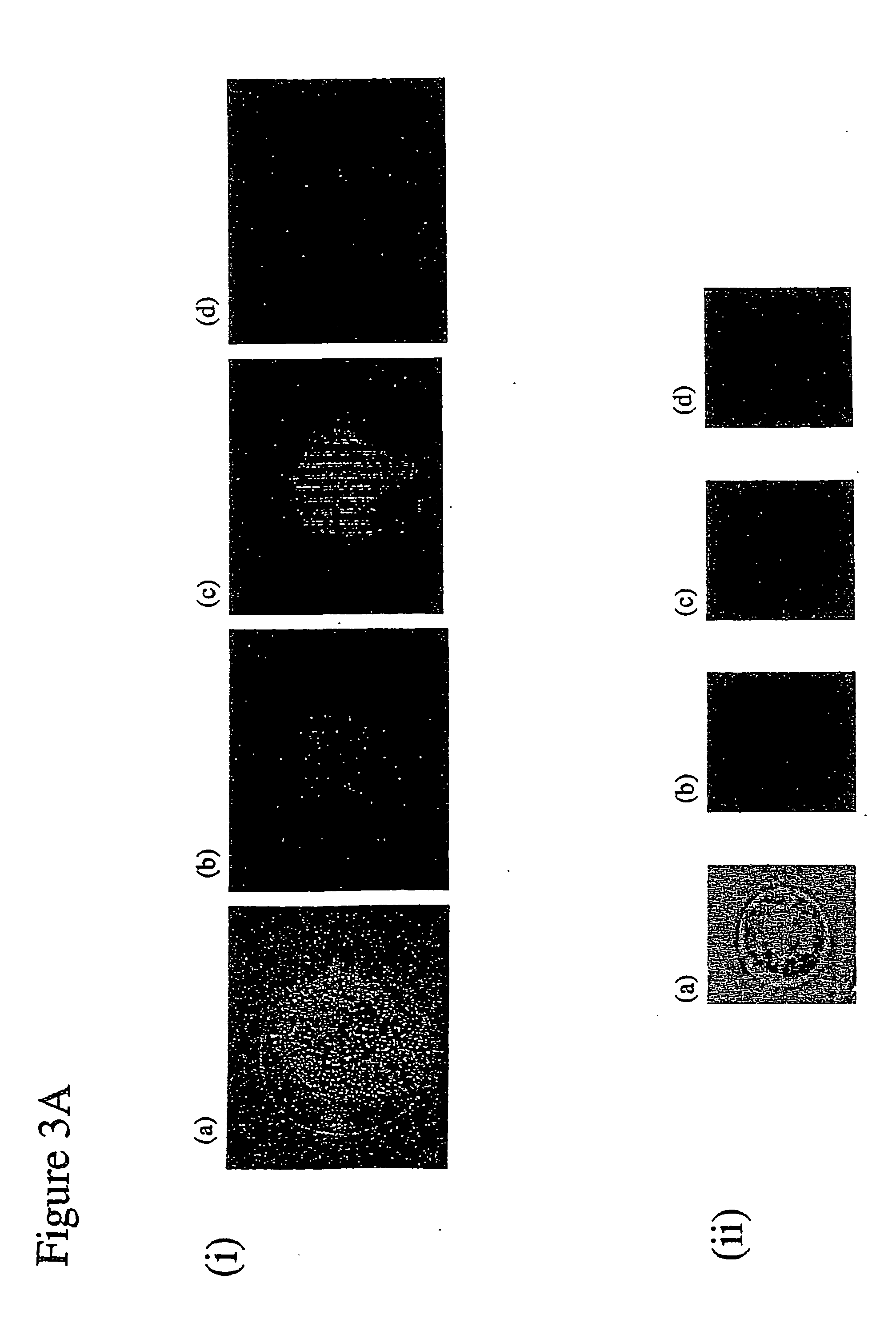Gene transfer composition and method
- Summary
- Abstract
- Description
- Claims
- Application Information
AI Technical Summary
Benefits of technology
Problems solved by technology
Method used
Image
Examples
example 1
Preparation of Media
[0116] The medium for supporting the viability of a sperm cell (sperm fertilization medium or SFM) was prepared as follows:
[0117] a. Reagents [0118] All reagents were obtained from commercial sources as follows: [0119] (D)+Glucose-anhydrous (Sigma Ultra) (Cat # G7528) [0120] Sodium Citrate Trisodium salt: dihydrate (ASC reagent—Sigma) (Cat#S4041) [0121] Ethylenediaminetetractic acid Disodium Salt: dihydrate (Sigma Ultra) (Cat#El644) [0122] Citric acid monohydrate (Sigma Ultra) (Cat#C0706) [0123] Trizma Base (Sigma Ultra) (Cat#T6791) [0124] Bovine Albumin (BSA-Dried)—CSL (Cat#06711701)
[0125] b. Preparation of Media
[0126] SFM was prepared by forming a solution of 11.25 g (D)+Glucose-anhydrous, 10 g Sodium Citrate Trisodium salt: dihydrate, 4.7 g Ethylenediaminetetractic acid Disodium Salt: dihydrate, 3.25 g Citric acid monohydrate, 6.5 g Trizma Base in 1 litre of distilled autoclaved water. The solution was adjusted to pH7.4 with 1N HCl and autoclaved. The osmo...
example 2
Collecting a Sample of Sperm Cells from a Mammal
[0129] a Animals.
[0130] The breeds in this study were Landrace (sperm donors) and Large White or Landrace x Large White (gilts) swine.
[0131] All animals were housed and used in compliance with animal care guidelines.
[0132] b. Collection of Sperm
[0133] Briefly, semen was collected from the donor in a sterile plastic bag placed in a thermostatic container pre-warmed at 37° C., to avoid temperature shock. Quality of semen was evaluated on a slide pre-warmed at 37° C. Only the initial 30-40% of the ejaculate was collected since this fraction contains most of the sperm cells and a low amount of seminal fluid, which may antagonise binding of DNA to sperm cells.
example 3
Preparing a Collected Sample of Sperm Cells for Further Study
[0134] After collection of a sample of sperm cells, seminal fluid was subsequently removed by carefully washing the sperm. Briefly, 5 ml aliquots of semen were transferred to 15 ml tubes and mixed with an equal volume of SFM supplemented with 6 mg / ml BSA pre-warmed at 37° C. (from this moment on the medium was kept at room temperature). Semen was incubated for 5 min and then transferred to 50 ml tubes that were filled with SFM / BSA to 50 ml. Samples were spun down at 800 g for 10 min at 25° C. and the supernatants were removed by aspiration without perturbing the pellets, and discarded. The tubes were filled again with SFM / BSA, spun at 800 g for 10 min at 17 C and the supernatants discarded. The sperm cells were carefully resuspended in the residual medium using a wide tip-pipette and the pellets combined in one tube. Sperm cells were counted using a hemocytometric chamber.
PUM
 Login to View More
Login to View More Abstract
Description
Claims
Application Information
 Login to View More
Login to View More - R&D
- Intellectual Property
- Life Sciences
- Materials
- Tech Scout
- Unparalleled Data Quality
- Higher Quality Content
- 60% Fewer Hallucinations
Browse by: Latest US Patents, China's latest patents, Technical Efficacy Thesaurus, Application Domain, Technology Topic, Popular Technical Reports.
© 2025 PatSnap. All rights reserved.Legal|Privacy policy|Modern Slavery Act Transparency Statement|Sitemap|About US| Contact US: help@patsnap.com



